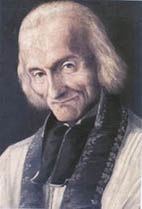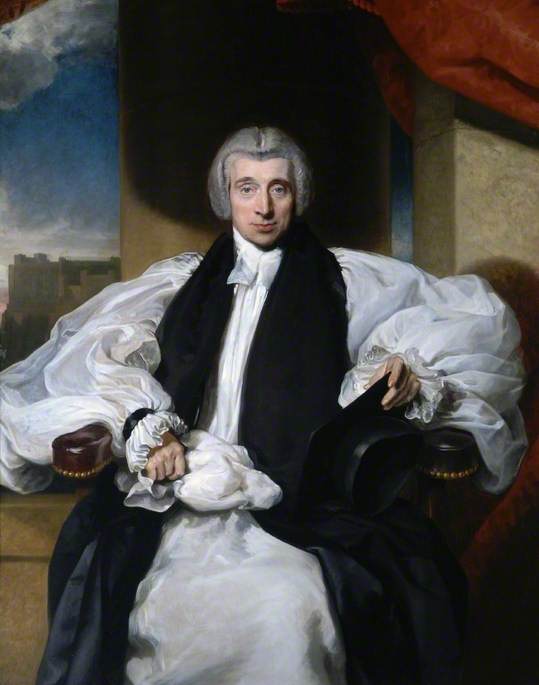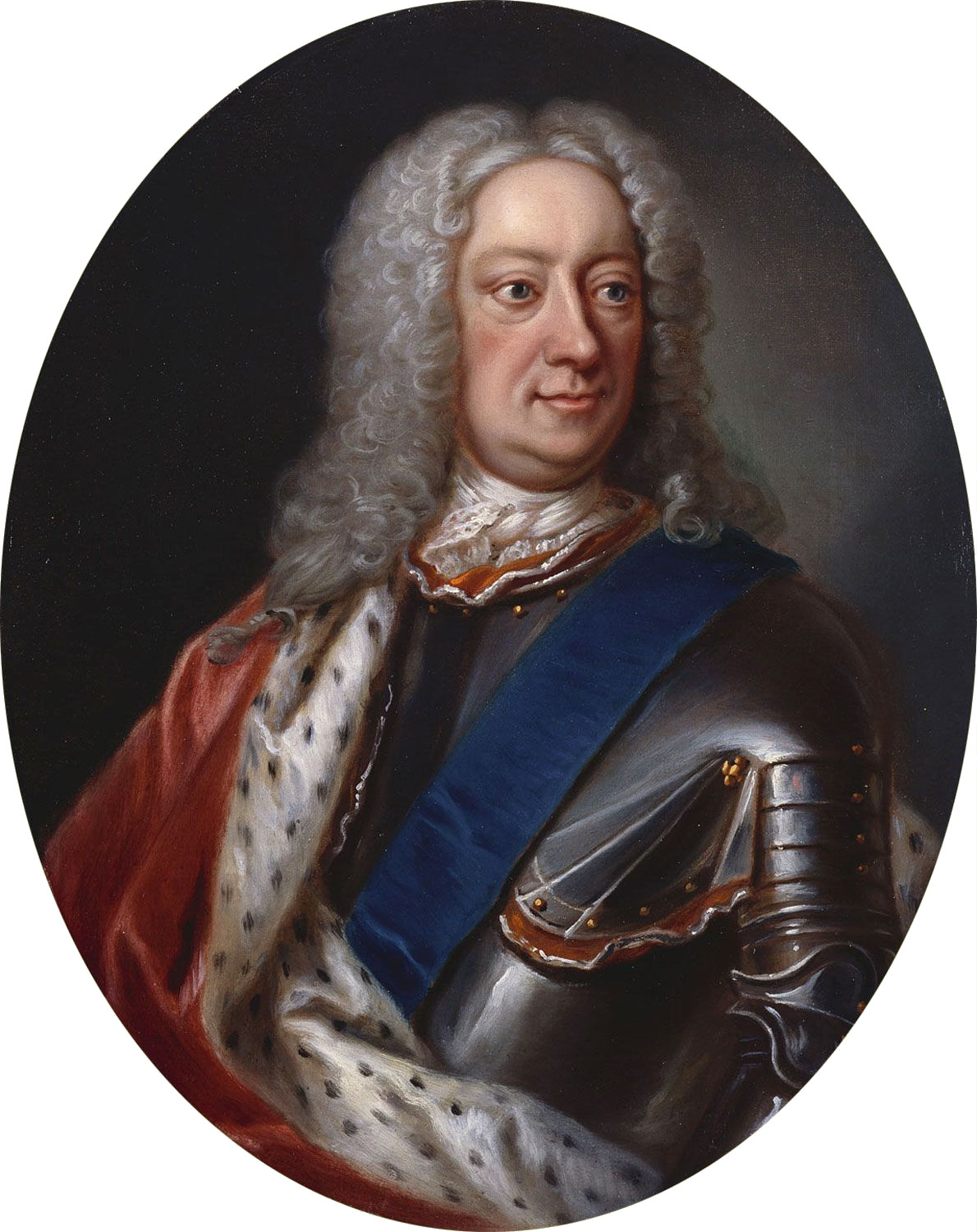|
Thomas Blyth
Canon Thomas Allen Blyth DD (7 January 1844 – 19 July 1913), author, historian, editor of the Worcester Diocesan Calendar (1889), Hon. Canon of Worcester Cathedral (1898), examining Chaplain and Commissary to the Archbishop of Ottawa, Commissary to the Bishops of Niagara (from 1890) and Surrogate to the Diocese of Worcester (from 1900). Early life Thomas Allen Blyth was born in London on 7 January 1844, the second son of Henry Ralph Blyth of Wivenhoe, Beaumont, London and Bedford. He was educated at Bedford Modern School and Queen's College, Oxford (BA (Hons in Theology) 1882, MA 1885, BD 1888, DD 1892). Career Blyth was an Assistant Master at the Bedford Schools (1865–75) and ordained in 1875. He was Curate of Wymondham, Norfolk (1875–77), Clifton-upon-Dunsmore (1877–78), Thame (1879–81) and St Saviour in the Parish of Upper Chelsea (1884–85). He was a Fellow of the Educational Institute of Scotland (1870); Hon. Fellow Academy of Roman Citizens (1870); PhD ... [...More Info...] [...Related Items...] OR: [Wikipedia] [Google] [Baidu] |
Canon (priest)
Canon () is a Christian title usually used to refer to a member of certain bodies in subject to an ecclesiastical rule. Originally, a canon was a cleric living with others in a clergy house or, later, in one of the houses within the precinct of or close to a cathedral or other major church and conducting his life according to the customary discipline or rules of the church. This way of life grew common (and is first documented) in the 8th century AD. In the 11th century, some churches required clergy thus living together to adopt the rule first proposed by Saint Augustine that they renounce private wealth. Those who embraced this change were known as Augustinians or Canons Regular, whilst those who did not were known as secular canons. Secular canons Latin Church In the Latin Church, canons are the members of a chapter, that is a body of senior clergy overseeing either a cathedral (a cathedral chapter) or a collegiate church. Depending on the title of the church, several lan ... [...More Info...] [...Related Items...] OR: [Wikipedia] [Google] [Baidu] |
Curate
A curate () is a person who is invested with the ''care'' or ''cure'' () of souls of a parish. In this sense, ''curate'' means a parish priest; but in English-speaking countries the term ''curate'' is commonly used to describe clergy who are assistants to the parish priest. The duties or office of a curate are called a curacy. Etymology and other terms The term is derived from the Latin (compare Curator). In other languages, derivations from ' may be used differently. In French, the is the chief priest (assisted by a ) of a parish, as is the Italian , the Spanish , and the Filipino term (which almost always refers to the parish priest), which is derived from Spanish. Catholic Church In the Catholic Church, the English word ''curate'' is used for a priest assigned to a parish in a position subordinate to that of the parish priest. The parish priest (or often, in the United States, the ''pastor'' or ''minister'') is the priest who has canonical responsibility for the ... [...More Info...] [...Related Items...] OR: [Wikipedia] [Google] [Baidu] |
Homer
Homer (; , ; possibly born ) was an Ancient Greece, Ancient Greek poet who is credited as the author of the ''Iliad'' and the ''Odyssey'', two epic poems that are foundational works of ancient Greek literature. Despite doubts about his authorship, Homer is considered one of the most revered and influential authors in history. The ''Iliad'' centers on a quarrel between King Agamemnon and the warrior Achilles during the last year of the Trojan War. The ''Odyssey'' chronicles the ten-year journey of Odysseus, king of Homer's Ithaca, Ithaca, back to his home after the fall of Troy. The epics depict man's struggle, the ''Odyssey'' especially so, as Odysseus perseveres through the punishment of the gods. The poems are in Homeric Greek, also known as Epic Greek, a literary language that shows a mixture of features of the Ionic Greek, Ionic and Aeolic Greek, Aeolic dialects from different centuries; the predominant influence is Eastern Ionic. Most researchers believe that the poems w ... [...More Info...] [...Related Items...] OR: [Wikipedia] [Google] [Baidu] |
Xenophon
Xenophon of Athens (; ; 355/354 BC) was a Greek military leader, philosopher, and historian. At the age of 30, he was elected as one of the leaders of the retreating Ancient Greek mercenaries, Greek mercenaries, the Ten Thousand, who had been part of Cyrus the Younger's attempt to seize control of the Achaemenid Empire. As the military historian Theodore Ayrault Dodge wrote, "the centuries since have devised nothing to surpass the genius of this warrior". For at least two millennia, it has been debated whether or not Xenophon was first and foremost a general, historian, or philosopher. For the majority of time in the past two millennia, Xenophon was recognized as a philosopher. Quintilian in Institutio Oratoria, ''The Orator's Education'' discusses the most prominent historians, orators and philosophers as examples of eloquence and recognizes Xenophon's historical work, but ultimately places Xenophon next to Plato as a philosopher. Today, Xenophon is recognized as one of the gr ... [...More Info...] [...Related Items...] OR: [Wikipedia] [Google] [Baidu] |
Plato
Plato ( ; Greek language, Greek: , ; born BC, died 348/347 BC) was an ancient Greek philosopher of the Classical Greece, Classical period who is considered a foundational thinker in Western philosophy and an innovator of the written dialogue and dialectic forms. He influenced all the major areas of theoretical philosophy and practical philosophy, and was the founder of the Platonic Academy, a philosophical school in History of Athens, Athens where Plato taught the doctrines that would later become known as Platonism. Plato's most famous contribution is the theory of forms, theory of forms (or ideas), which aims to solve what is now known as the problem of universals. He was influenced by the pre-Socratic thinkers Pythagoras, Heraclitus, and Parmenides, although much of what is known about them is derived from Plato himself. Along with his teacher Socrates, and his student Aristotle, Plato is a central figure in the history of Western philosophy. Plato's complete ... [...More Info...] [...Related Items...] OR: [Wikipedia] [Google] [Baidu] |
Metallography
Metallography is the study of the physical structure and components of metals, by using microscopy. Ceramic and polymeric materials may also be prepared using metallographic techniques, hence the terms ceramography, plastography and, collectively, materialography. Preparing metallographic specimens The surface of a metallographic specimen is prepared by various methods of grinding (abrasive cutting), grinding, polishing, and Industrial etching, etching. After preparation, it is often analyzed using optical microscope, optical or electron microscopy. Using only metallographic techniques, a skilled technician can identify alloys and predict List of materials properties, material properties. Mechanical preparation is the most common preparation method. Successively finer abrasive particles are used to remove material from the sample surface until the desired surface quality is achieved. Many different machines are available for doing this Abrasive machining, grinding and po ... [...More Info...] [...Related Items...] OR: [Wikipedia] [Google] [Baidu] |
John Bunyan
John Bunyan (; 1628 – 31 August 1688) was an English writer and preacher. He is best remembered as the author of the Christian allegory ''The Pilgrim's Progress'', which also became an influential literary model. In addition to ''The Pilgrim's Progress'', Bunyan wrote nearly sixty titles, many of them expanded sermons. Bunyan came from the village of Elstow, near Bedford. He had some schooling and, at the age of sixteen, joined the New Model Army, Parliamentary Army at Newport Pagnell during the First English Civil War, first stage of the English Civil War. After three years in the army, he returned to Elstow and took up the trade of tinker, which he had learned from his father. He became interested in religion after his marriage, attending first the parish church and then joining the Bedford Meeting, a Puritan Nonconformist (Protestantism), Nonconformist group in St John's church Bedford, and later became a preacher. After the Restoration (England), restoration of the monarch ... [...More Info...] [...Related Items...] OR: [Wikipedia] [Google] [Baidu] |
William Harpur
Sir William Harpur ( – 27 February 1574) was an English merchant and philanthropist who served as Lord Mayor of London in 1561. Born in Bedford, he moved to London and amassed a large fortune. In 1566, Harpur and his wife Alice gave a financial endowment to support several charities including ones focused on education. The endowment eventually became the Harpur Trust, which supports four independent schools in Bedford today. Career The name Harper (or Harpur) is mentioned around 1500 in connection with families from Bedford and Biddenham. Little is known about the life of William. He attended Bedford School whilst it was still administered by the Augustinian Canons of Newnham Priory. It is not certain whether he was a tailor. He was certainly a shrewd businessman. He went to London and was admitted to the guild of Merchant Taylors in 1533. There he would have come into contact with the leading citizens of the day. We know that in 1553 he was elected alderman for the ward ... [...More Info...] [...Related Items...] OR: [Wikipedia] [Google] [Baidu] |
Grandborough
Grandborough is a small village and civil parish in the Rugby district, in the county of Warwickshire, England. The parish includes the hamlets of Calcutt, Grandborough Fields and Woolscott. The population of the civil parish at the 2021 census was 492. Grandborough is in a rural area of eastern Warwickshire, around six miles (10 km) south of Rugby and six miles northwest of Daventry, Northamptonshire. Grandborough is about two miles from the nearest main roads and can be reached by country lanes from the A45 to the east, and the A426 to the west. The River Leam flows north of the village. There was a watermill (now a private residence) where the river passed under the road from Woolscott. In times of flood, the river flows over the road creating a ford. A road sign suggests that pedestrians and motorists should "Use causeway if flooded". Grandborough's church is dedicated to St Peter. The church spire, and the two tall Wellingtonia trees which flank it, are notable ... [...More Info...] [...Related Items...] OR: [Wikipedia] [Google] [Baidu] |
Edinburgh Geological Society
The Edinburgh Geological Society (EGS) was founded in 1834 in Edinburgh, Scotland, with the aim of stimulating public interest in geology and the advancement of geological knowledge. It was a time of debate and controversy surrounding the emerging science of geology and Edinburgh was one of the centres of this debate, which is why the Society is among the oldest of the Scottish scientific societies. Throughout its 170-year history, the Society has seen major changes in geological thinking, from Charles Darwin, Darwin's theories of evolution to the modern ideas on plate tectonics. The Society still seeks to stimulate public interest and offers a range of facilities to members including lectures, excursions, publications and the maintenance of a geological library. History The Society was founded in 1834 by eleven students from the department of Geology and Mineralogy of Queen's College, Edinburgh. They met in Robertson's Tavern, Milne's Close, Edinburgh and resolved to start a g ... [...More Info...] [...Related Items...] OR: [Wikipedia] [Google] [Baidu] |
University Of Durham
Durham University (legally the University of Durham) is a collegiate public research university in Durham, England, founded by an Act of Parliament in 1832 and incorporated by royal charter in 1837. It was the first recognised university to open in England for more than 600 years, after Oxford and Cambridge, and is thus the third-oldest university in England. As a collegiate university, its main functions are divided between the academic departments of the university and its 17 colleges. In general, the departments perform research and provide teaching to students, while the colleges are responsible for their domestic arrangements and welfare. The university is a member of the Russell Group of British research universities and is also affiliated with the regional N8 Research Partnership and international university groups including the Matariki Network of Universities and the Coimbra Group. The university estate includes 83 listed buildings, ranging from the 11th-century ... [...More Info...] [...Related Items...] OR: [Wikipedia] [Google] [Baidu] |
University Of Göttingen
The University of Göttingen, officially the Georg August University of Göttingen (, commonly referred to as Georgia Augusta), is a Public university, public research university in the city of Göttingen, Lower Saxony, Germany. Founded in 1734 by George II of Great Britain, George II, King of Great Britain and Electorate of Hanover, Elector of Hanover, it began instruction in 1737 and is recognized as the oldest university in Lower Saxony. Recognized for its historic and traditional significance, the university has affiliations with 47 Nobel Prize winners by its own count. Previously backed by the German Universities Excellence Initiative, the University of Göttingen is a member of the U15 (German Universities), U15 Group of major German research universities, underscoring its strong research profile. It is also a part of prominent international and European academic networks such as Guild of European Research-Intensive Universities, The Guild, the ENLIGHT alliance, and the Hek ... [...More Info...] [...Related Items...] OR: [Wikipedia] [Google] [Baidu] |







